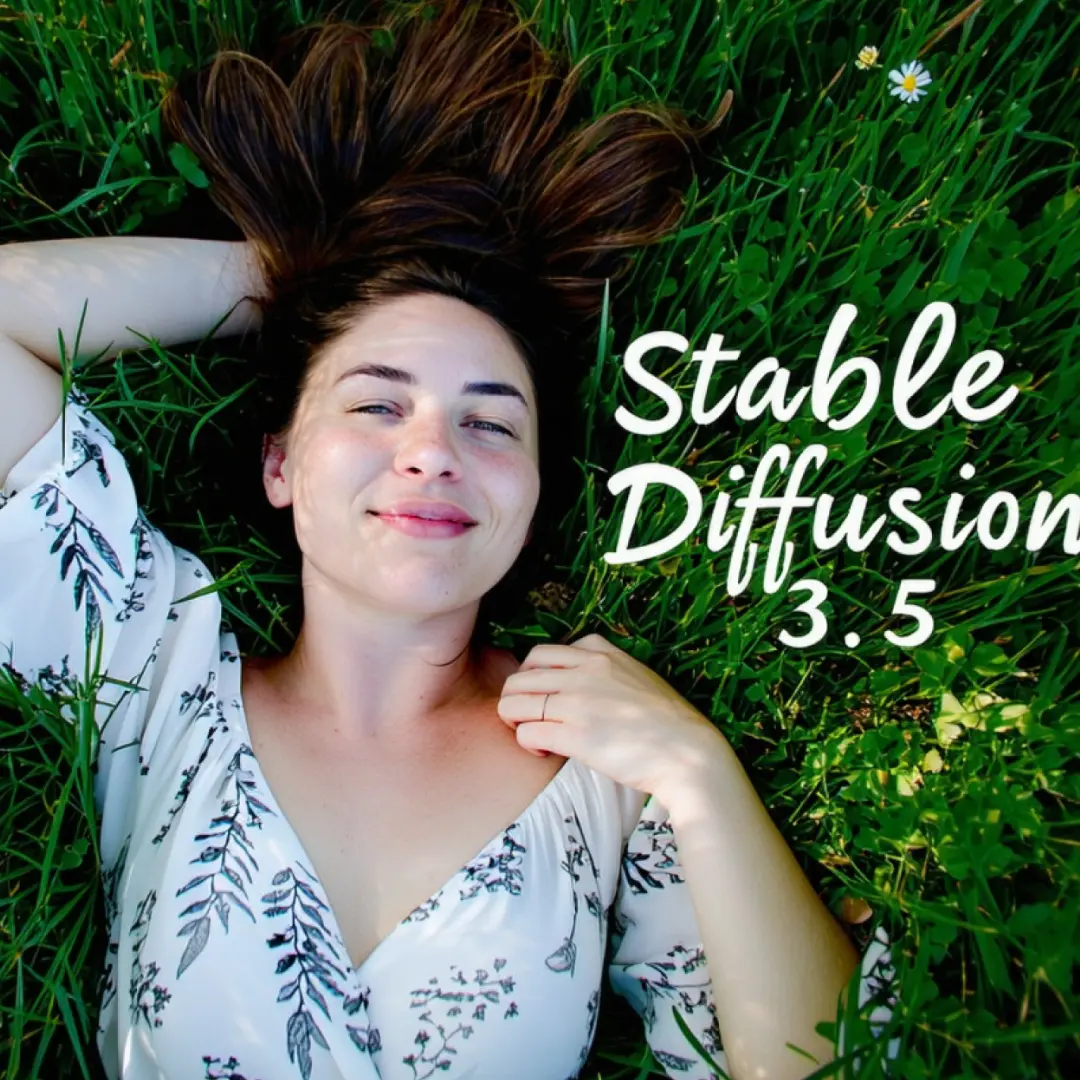ComfyUI Node: Lora Model Loader
LoraModelLoader
CategoryMV-Adapter
huanngzh (Account age: 1561days) Extension
ComfyUI-MVAdapter Latest Updated
2025-04-03 Github Stars
0.38K
How to Install ComfyUI-MVAdapter
Install this extension via the ComfyUI Manager by searching for ComfyUI-MVAdapter- 1. Click the Manager button in the main menu
- 2. Select Custom Nodes Manager button
- 3. Enter ComfyUI-MVAdapter in the search bar
Visit ComfyUI Online for ready-to-use ComfyUI environment
- Free trial available
- 16GB VRAM to 80GB VRAM GPU machines
- 400+ preloaded models/nodes
- Freedom to upload custom models/nodes
- 200+ ready-to-run workflows
- 100% private workspace with up to 200GB storage
- Dedicated Support
Lora Model Loader Description
Facilitates integration of LoRA models into AI pipelines for enhanced model capabilities and flexibility.
Lora Model Loader:
The LoraModelLoader is a specialized node designed to facilitate the integration of LoRA (Low-Rank Adaptation) models into existing AI pipelines. This node is particularly beneficial for AI artists and developers who wish to enhance their models with additional capabilities without the need for extensive retraining. By loading LoRA models, you can effectively modify and adapt the behavior of your base models, allowing for more nuanced and flexible outputs. The primary function of this node is to load a specified LoRA model and apply it to an existing model with a defined strength, thereby enabling the model to incorporate new features or styles as dictated by the LoRA model. This process is crucial for tasks that require model fine-tuning or adaptation to specific artistic styles or functionalities.
Lora Model Loader Input Parameters:
model
The model parameter represents the base model to which the LoRA model will be applied. This is a required input and serves as the foundation upon which the LoRA modifications will be built. The base model should be compatible with the LoRA model to ensure seamless integration and optimal performance.
lora_name
The lora_name parameter specifies the name of the LoRA model to be loaded. This parameter is crucial as it determines which LoRA model will be applied to the base model. The LoRA model should be pre-existing and stored in a designated directory, from which it can be retrieved using the provided name.
strength_model
The strength_model parameter controls the intensity with which the LoRA model is applied to the base model. It is a floating-point value with a default of 1.0, and it can range from -100.0 to 100.0, with a step size of 0.01. A higher value indicates a stronger influence of the LoRA model on the base model, while a lower value reduces its impact. This parameter allows for fine-tuning the degree of adaptation, enabling users to achieve the desired balance between the base model's original characteristics and the new features introduced by the LoRA model.
Lora Model Loader Output Parameters:
MODEL
The MODEL output parameter represents the modified model after the LoRA model has been applied. This output is crucial as it provides the user with a new model that incorporates the desired adaptations and enhancements from the LoRA model. The modified model can then be used for further processing or deployment, offering enhanced capabilities and performance tailored to specific tasks or artistic styles.
Lora Model Loader Usage Tips:
- Ensure that the base model and the LoRA model are compatible to avoid integration issues and to achieve optimal results.
- Experiment with different
strength_modelvalues to find the right balance between the base model's original features and the enhancements provided by the LoRA model. - Keep a backup of the original model to easily revert changes if the LoRA modifications do not yield the desired results.
Lora Model Loader Common Errors and Solutions:
"LoRA model not found"
- Explanation: This error occurs when the specified
lora_namedoes not correspond to any existing LoRA model in the designated directory. - Solution: Verify that the
lora_nameis correct and that the LoRA model is stored in the correct directory. Ensure that the file name matches exactly, including case sensitivity.
"Incompatible model types"
- Explanation: This error indicates that the base model and the LoRA model are not compatible, which can prevent successful integration.
- Solution: Check the documentation for both the base model and the LoRA model to ensure compatibility. Consider using a different base model or LoRA model that is known to work together.
"Strength value out of range"
- Explanation: This error occurs when the
strength_modelvalue is set outside the allowed range of -100.0 to 100.0. - Solution: Adjust the
strength_modelvalue to fall within the specified range. Use the default value of 1.0 if unsure of the appropriate setting.
Lora Model Loader Related Nodes
RunComfy is the premier ComfyUI platform, offering ComfyUI online environment and services, along with ComfyUI workflows featuring stunning visuals. RunComfy also provides AI Playground, enabling artists to harness the latest AI tools to create incredible art.




